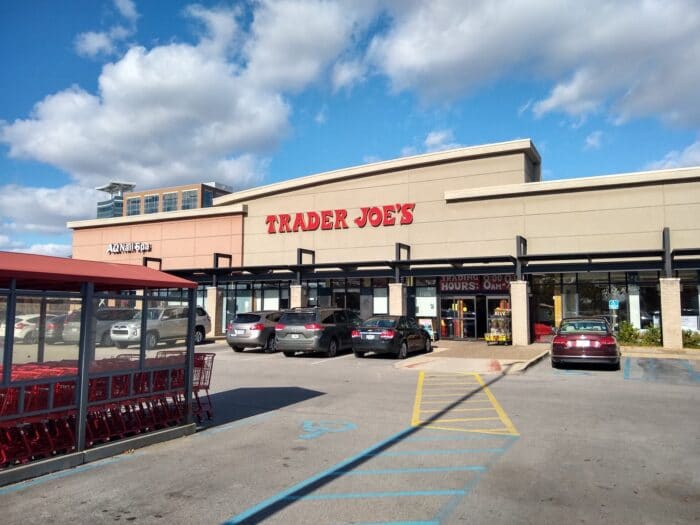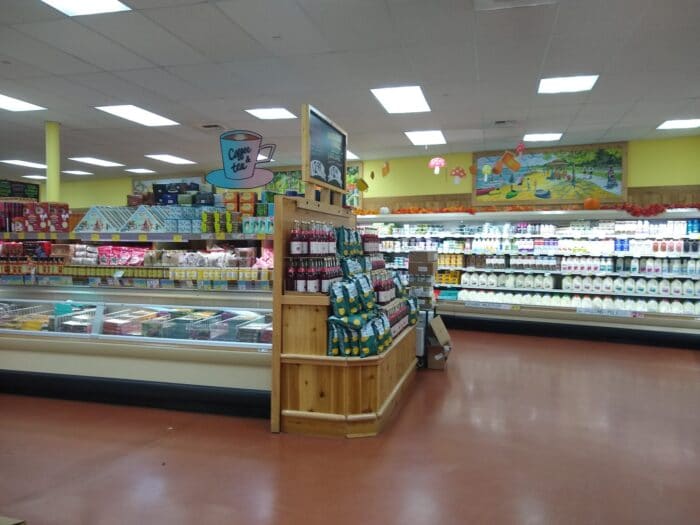The median age in the United States currently stands around 39 years old. If that’s you, it means you were born in or around 1984, grew up in the 1980s and 1990s, and came into adulthood just after the turn of the century. Such a person falls squarely into Generation Y, or what are also called Millennials.
If you are a Millennial — or one of the older generations, such as Generation X or the Baby Boomers — you’ve witnessed a great deal of change in your life. In your time, you’ve witnessed profound technological developments, including the rise of the modern internet and the evolution of entertainment. You know a world without smartphones, without streaming services, and without social media.
And you also remember a different era in business. A company in, say, 1984 would have advertised on TV, in newspapers, and on the radio. An era of Sears Catalogs and glittering storefronts, shoppers braved crowds and weather to line up and get presents to put around the Christmas tree.
Today, consumers are as likely to see an ad on Netflix or YouTube as they are on TV, and banner ads on websites (like the ones on this site!) have replaced newspaper advertising. Amazon’s 2-day delivery has supplanted in-store shopping, and even if you do go to the store, you can just as easily have curbside pickup put it in the car for you.
And then there’s Trader Joe’s, which feels like an artifact out of the past. And by past, I don’t even mean the 1980s. Try 1930s, with a splash of the 1880s thrown in for good measure.
How Trader Joe’s is a Relic
For starters, good luck spotting TJ’s advertising. I mean, when’s the last time you saw a Trader Joe’s TV ad, or banner ad, or Hulu ad? How often do you hear Trader Joe’s pitching itself to you on the radio? Chances are, the number is somewhere between low and zero.
As for social media? The grocer didn’t even have a social media presence of any sort prior to around 2019, when it reluctantly tiptoed into the visual worlds of YouTube, Pinterest, and Instagram. It still has no formal presence on Facebook or Twitter.
Want to order Trader Joe’s products online? You can’t. Want curbside pick-up? Not available. What about home delivery? No, doesn’t do that, either. If you want Trader Joe’s products, you have to physically march into the store and get them yourself.
Surely the store does incentives, right? Sales and such? Nope. TJ’s prices are TJ’s prices. No coupons, no rebates, no rewards program, nothing. Just a store with products.
So, just to recap: Trader Joe’s has almost nothing in the way of conventional advertising, only a basic social media presence, no online delivery or pickup, and no coupons or discounts. Few, if any, regional or national grocers do it that way. That includes Aldi, TJ’s distant cousin; because Trader Joe’s operates independently of its parent company, Aldi Nord, it does business in its own way.
TJ’s way is enormously profitable. Back in 2013, Harvard University studied Trader Joe’s and found that it earned the highest sales per square foot of any grocery chain in America. Around the same time, real estate investment firm JLL estimated that the chain earned about $1,700 per square foot, which was about double that of competitor Whole Foods.
How? How can a company so out of touch with modern society and business practices make so much money?
TJ’s Secret Sauce
It’s simple. Trader Joe’s operates on the philosophy that it can succeed by developing personal connections with its customers. That’s not an antiquated belief — it’s a proven business model battle-tested in the inferno of the grocery wars.
It starts before you ever set foot in the store. Trader Joe’s carefully selects its locations, with fewer than 600 locations in the United States. It plants stakes in places where people are more likely to want its quirky style, and it puts up its distinctive sign knowing that just the strangeness of it will attract attention.
Once you enter, you’re greeted by signs that look like they’re handwritten, often featuring cute, corny slogans. Everything feels like a slightly upscale joke your smart rich uncle might make. You’re not always sure you get every reference, but it still makes you chuckle. There’s an unescapable familiarity and about it even in a store that is simultaneously a little strange.
Every part of the store feels like it has a personal touch, and that’s the connection.
And who can talk about Trader Joe’s personal connection without talking about the checkout experience? Every Trader Joe’s crew member (that’s the store’s term) comes off as one part host, one part therapist, and several parts old family friend. Your TJ’s cashier will ask you all kinds of friendly questions, and look genuinely interested as they do. Good luck getting out of the line without confessing that you’re worried about your sick dog or your grandmother. And if you have kids, they might open a drawer and offer them lollipops.
Did I mention that the crew member will do this while expertly and efficiently bagging your groceries?
Here’s the kicker: it’s not just talk. If you engage your crew member in conversation and they find out something important, they just might do something about it. When my wife casually noted during a summer TJ’s trip that it was her birthday, a crew member gave her flowers. Other shoppers have reported similar gestures for things like finding out a loved one has passed away or learning a customer is getting married.
Those flowers my wife got set the store back a few dollars, but it was a better investment than any ad she might see on TV or online.
It’s clear that the in-store experience is central to the Trader Joe’s model. That’s why the grocer doesn’t do curbside pickup or grocery delivery. Those methods are necessarily less personal than being physically in the aisles, to say nothing of requiring more technological overhead. It’s a deliberate choice that the grocer uses to focus on what it does best.
Bringing Them Back
That’s not to say that the store doesn’t have ways of reaching customers once they leave, but even those approaches point back to the store’s personal connection.
One of its pillars in that regard is the Fearless Flyer. TJ’s oddball it’s-not-an-ad-flyer-but-it’s-an-ad-flyer seemingly breaks every ad rule in the book. It’s monochrome, wordy, and filled with language that might have more than a few readers searching for context clues, if not an outright dictionary. It’s like when your brilliant third cousin starts talking economic policy and you just nod in agreement like you know what they’re talking about. Yet the FF isn’t condescending or sanctimonious, and even though some of the things in the ad are just flat weird, it’s not enough to write off the store.
Even the store’s social media presence supports its guiding philosophy. If you venture over to the TJ’s YouTube page, you’re not going to find ads, per say. Instead, you’ll find podcasts and how-tos on prepping food and getting things ready for guests. That’s its own kind of advertising, of course, but one consistently rooted in its relationship approach. It doesn’t put out ads saying “hey, shop here!” It assumes you’re already shopping here and helps guide you once your foot is out the door, all but ensuring you’ll come back.
It’s the opposite of the used-car salesman stereotype, where you instinctively feel mistrustful that the other person is out to pull one on you. It’s perhaps also the reason why Trader Joe’s eschews traditional ads: we trust TJ’s because it’s not trying to sell us.
Except it is, but in a way that feels vastly different than most other stores. And it works.
Closing Thoughts
A lot of businesses talk about building relationships with customers. Many of them try to do it through a combination of slick advertising and financial levers. Those certainly can work: Apple is a brilliant advertiser, for instance, and many pharmacies have thrived with rewards programs.
Trader Joe’s, though, has mastered the art of actually … well, trying to build relationships. As a national chain that bills itself as a neighborhood grocery store, TJ’s goes out of its way to make its experience look and feel personal, from the simple signs to the friendly cashiers.
Add in an eclectic inventory and reasonably competitive prices, and you have one of the most formidable grocers in the U.S. market.








Very interesting article! I agree with everything you said.
Never even noticed these things. Thanks for this article!